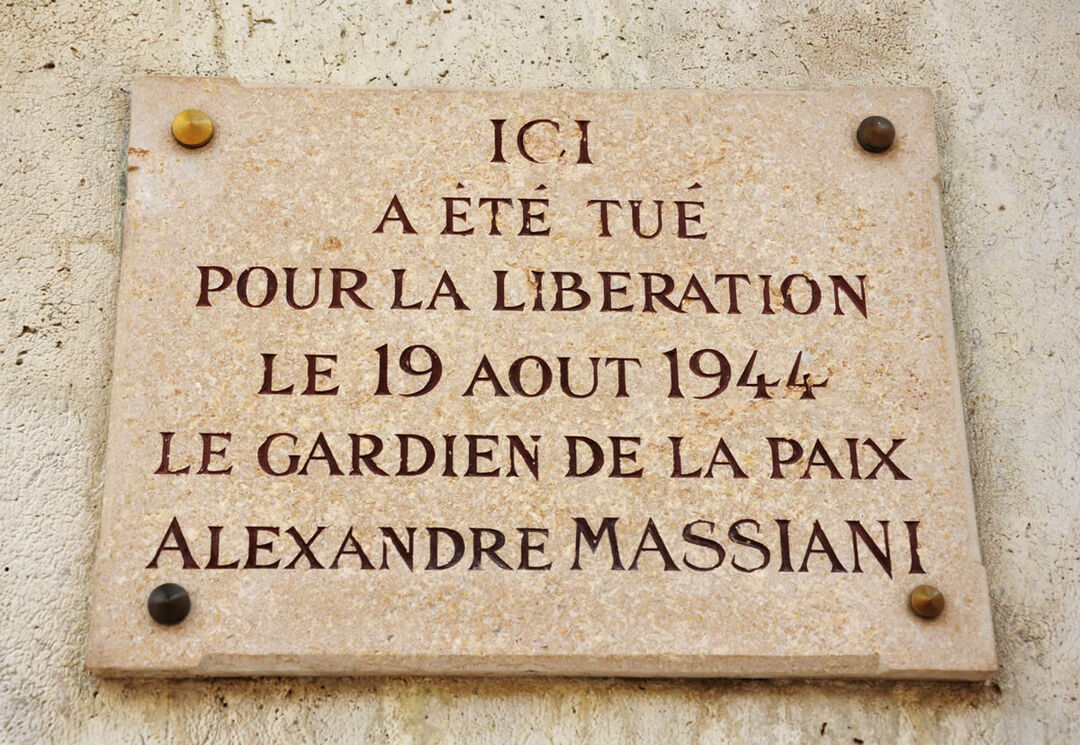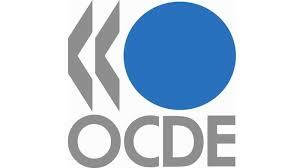Example of Mass-Volume Problems
Chemistry / / July 04, 2021
In a chemical reaction, many of the reactants and many of the products are gases. It is possible to find out the volume of a gas used or produced during the reaction, if we know the weight of one of the substances.
In problems of this type, the following must be taken into account:
The weight of the gas is replaced by the volume-gram, since a mole of any gas has the volume of 22.4 liters at normal temperature and pressure.
How many grams of zinc are needed to produce 11.2 liters of hydrogen, when this metal reacts with hydrochloric acid.
Zn + 2HCI ⇒ ZnCl2 + H2^
The weight of one mole of H is 2 g and it occupies a volume of 22.4 liters:
Zn = 65 g; 2 HCl = 72 g; ZnCl2 = 135 g; H2 = 2g.
The equation is read: One mole of zinc (65 g) reacts with two moles of HCl (72 g) and produces one mole of ZnCl2 (135 g) and one mole or one gram-volume of H2(2g or 22.4 liters).
This data is written below the formula and the problem data above the formula:
Xg 11.21
Zn + 2HCI ⇒ ZnCI2 + H2^
65g 72g 135g 22.41
A rule of three is performed with the problem data, eliminating the data that is not needed:
Xg 11.21
Zn ⇒ H2^
65g 22.41
X is at 65 grams as 11.2 liters is at 22.4 liters
X = (11.2 IX65g) /22.4 I X = 32.5g of Zinc
Result: 32.5 grams of zinc are needed.


